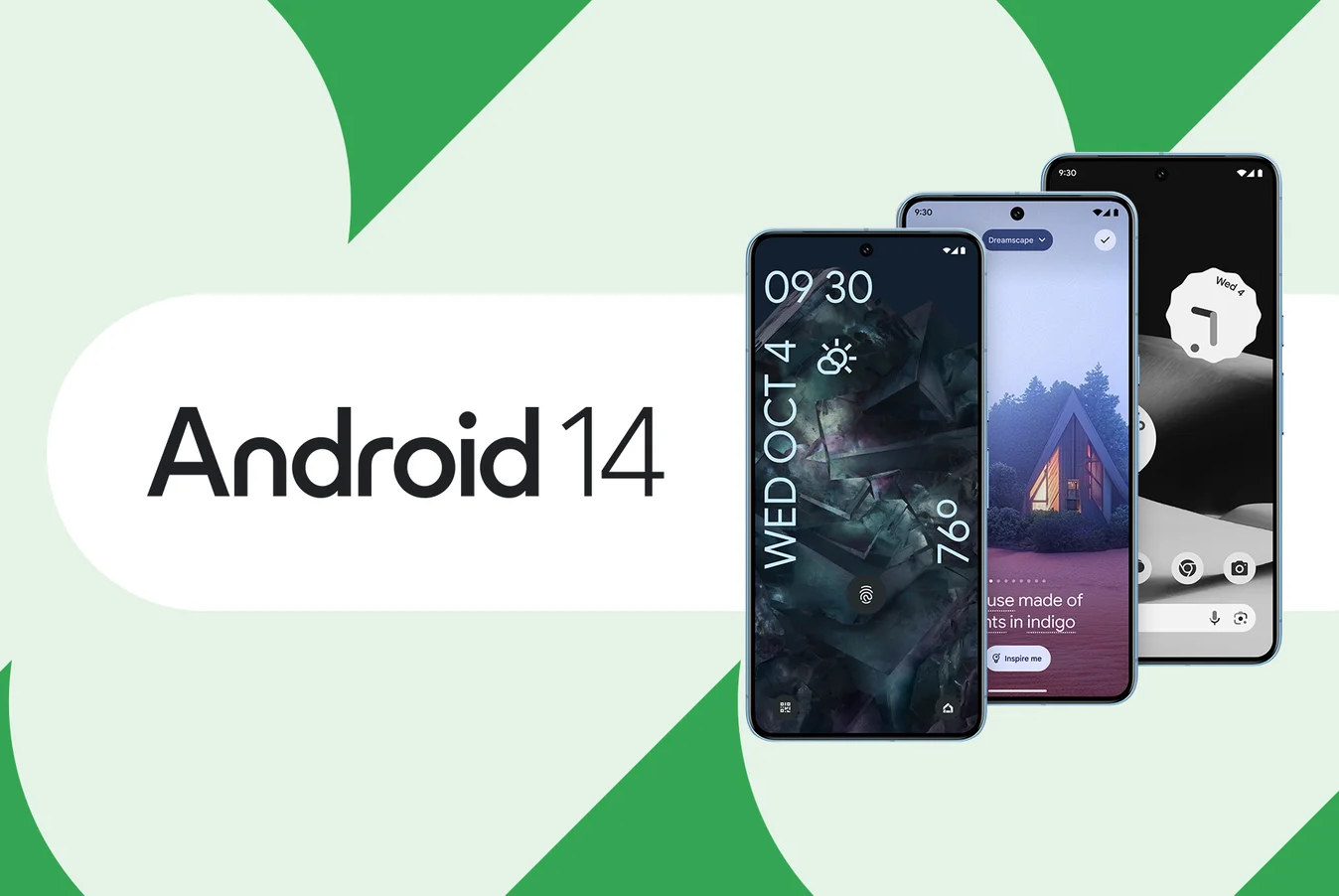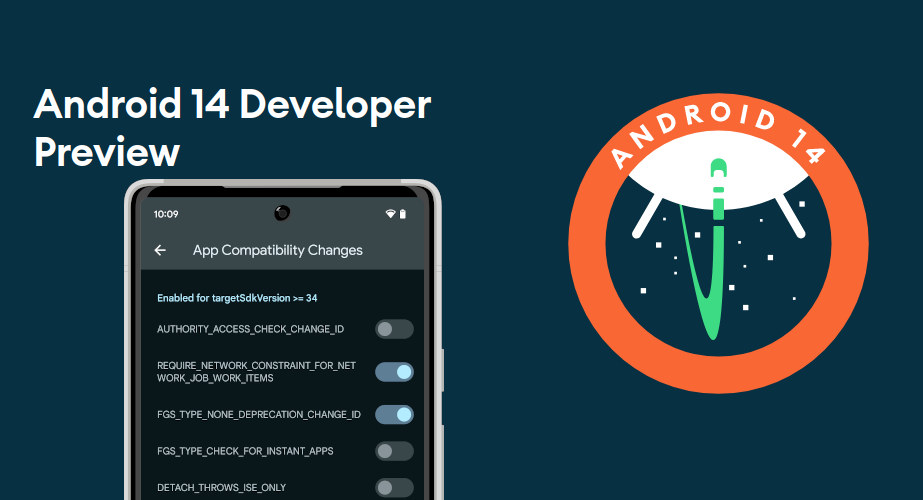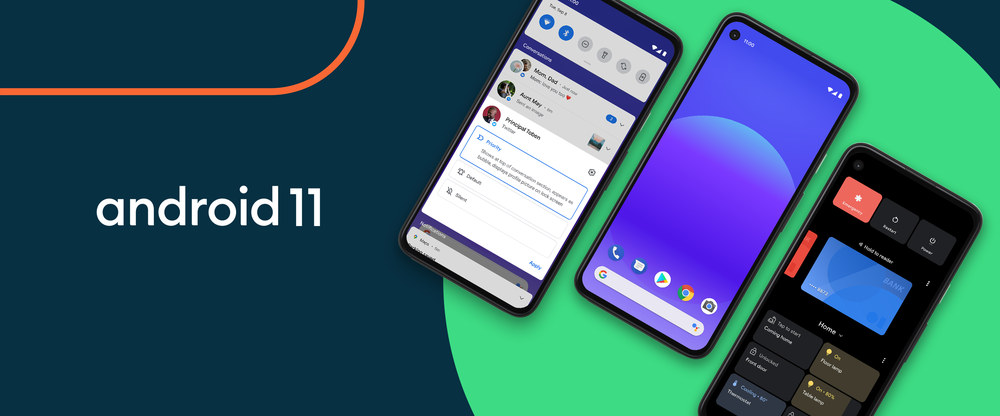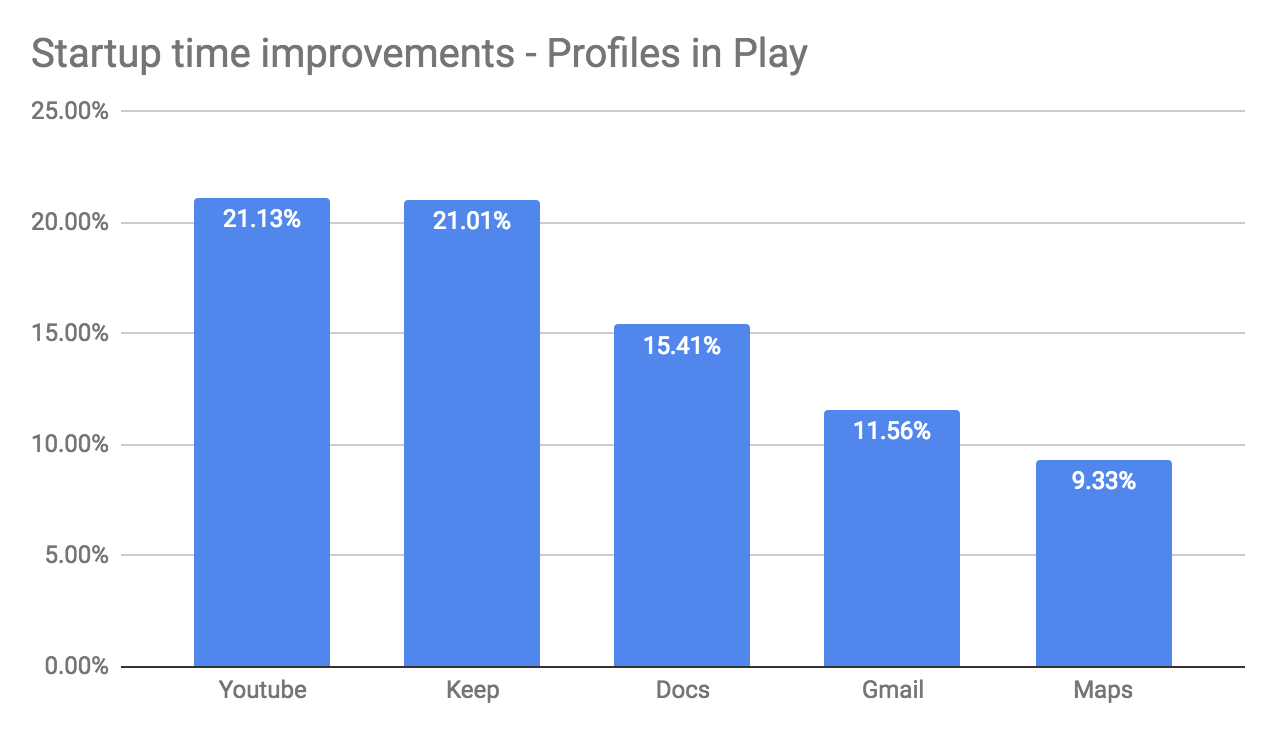Google has just released Android 14 for supported devices such as Google Pixel phones and pushed the source code to AOSP (the Android Open-Source Project). Most of the changes to the fourteenth version of the Android operating system were introduced with the first Android 14 developer preview – released in February 2023 – which included performance improvements, better privacy and security, and additional user-side customization options. Some of the new features unveiled since the first Android 14 developer preview include: AI-generated wallpapers using text-to-image diffusion models to help users easily create unique wallpapers HDR images with Ultra HDR (Android 13 already supported HDR videos) Built-in Health Connect support to let people track their fitness, health, and wellness levels across apps in a secure way respecting privacy. Android 14 encourages users to set a six-digit PIN (or longer) to improve security. Improved accessibility with vision-and hearing-inclusive features such as an enhanced […]
Android 14 developer preview brings enhancements to performance, privacy, security, and user customization
Google has just released the first developer preview of Android 14 with productivity improvements for developers, as well as enhancements to performance, privacy, security, and user customization. Android 14 aims to work better across devices and form factors with improved support for tablets and foldables and adds window size classes, sliding pane layout, Activity embedding, and box with constraints, etc… To help developers, the company also published “Get started with large screens” documentation and released a Cross-device SDK preview. The new version of the mobile operating systems also further streamlines background work to optimize system health and battery life and provide a better end-user experience. This is achieved through updates to JobScheduler and Foreground Services, optimized broadcasts most of which are internal to Android 14, and a new “Exact alarms” permission since it consumes more resources. Android 14 also introduced some user-facing changes with bigger fonts up to 200% with […]
Android 11 Release – People-centric Communication and “Pixel-First” Features
Six months have passed since Android 11 developer preview was released in February and at the time we noted enhancements for foldables and 5G, new call-screening APIs, new media & camera capabilities including animated HEIF support, as well as machine learning improvements. Google has now officially released Android 11 that is currently rolling out to select Google Pixel, OnePlus, Xiaomi, OPPO, and Realme phones. More phones will be upgraded/supported in the future, and Google also introduced some Pixel-first features that will (initially?) end up on Pixel phones exclusively. All Android 11 phones will support chat bubbles to message on top of other applications, built-in screen & audio, wireless Android Auto support with compatible cars, one-time permission for increased privacy, and more. But Google may have changed strategy trying to make Pixel phones more attractive to prospective buyers and increase sales as the Android 11 release comes with the following Pixel-exclusive […]
Android Q Beta and Preview SDK Released
Google has just announced the first public release of Android Q dubbed “Beta 1”- for Pixel devices only – as well as the corresponding preview SDK for developers. Android Q is said to bring additional privacy and security features for users, enhancements for foldables, new APIs for connectivity, new media codecs and camera capabilities, NNAPI extensions, Vulkan 1.1 support, faster app startup, and more. What’s new in Android Q Privacy protections improvements More control over location with multiple options to “allow all the time”, “allow only while the app is in use” (e.g. not while running in the background), and “deny” Users will be able to control apps’ access to the Photos and Videos or the Audio collections via new runtime permissions Android Q will prevent apps from launching an Activity while in the background, relying on high-priority notifications instead Access to non-resettable device identifiers, including device IMEI, serial number, […]
Google Launches Pixel 3 & Pixel 3 XL Smartphones for $799 and Up
Google just hosted a Made by Google hardware event, where they announced several products, and it’s always interesting to check out what they come up with. In this post, I’ll check out Pixel 3 and Pixel 3 XL premium smartphone from the company, and see if they implemented any significant “innovations”. Google Pixel 3 and Pixel 3 XL specifications: SoC – Qualcomm Snapdragon 845 octa-core processor with 4x Gold cores (Cortex A75 based) @ up to 2.50 GHz, 4x Silver cores (Cortex-A55 based) up to 1.60 GHz, Adreno 630 GPU, Pixel Visual Core, and Titan security chip System Memory – 4GB LPDDR4x Storage – 64GB or 128GB UFS storage Display Pixel 3 – 5.5″ FHD+ (2160×1080) flexible? always-on OLED display with Corning Gorilla Glass 5 Pixel 3 XL – 6.3″ QHD+ (2960 x 1440) always-on OLED display with Corning Gorilla Glass 5 Cameras Rear camera – 12.2MP dual-pixel camera with […]
Google Pixel Visual Core is a Custom Designed Co-Processor for Smartphone Cameras
Google unveiled their latest Pixel 2 & Pixel 2 XL premium smartphones powered by Snapdragon 835 SoC earlier this month, and while they are expected to go on sale tomorrow, reviewers have got their hands on samples, and one of the key feature is the camera that takes really good photos and videos as reported here and there. You’d think the ISP and DSP inside Snapdragon 835 SoC would handle any sort of processing required to take photos. But apparently that was not enough, as Google decided to design their own custom co-processor – called Pixel Visual Core -, and integrated it into Pixel 2 phones. The co-processor features a Cortex A53 core, an LPDDR4 memory interface, PCIe interface and MIPI CSI interface, as well as an image processing unit (IPU) IO block with 8 IPU cores. Google explains the IPU block will allow 3rd party applications to leverage features […]
Android 8.0 Oreo Launched, OS Images, and AOSP Source Code Released
Google has now formally announced Android O version and name: Android 8.0 Oreo. We already had seen the new Features in Android O-reo during the first preview release with picture-in-picture support, autofill APIs, adaptive icons and so on. There’s also a new Android Oreo character… If you want to run the latest Android 8.0 on your device, you can do so on Nexus 5X, Nexus 6P, Nexus Player, Pixel C, Pixel, and Pixel XL by getting the firmware in the download page, unless you are enrolled in Android Beta Program in which case you should receive it automatically. What I did not see (yet) is a joint announcement for a new Android 8.0 phone like last year LG V20 smartphone with Android 7.0, and Google simply said that “by the end of this year, hardware makers including Essential, General Mobile, HMD Global Home of Nokia Phones, Huawei, HTC, Kyocera, LG, […]
Google Announces Pixel and Pixel XL Smartphones for $649 and Up
Google used to collaborate with smartphone manufacturers for their Nexus devices, but the company is now promoting their own Pixel brand, and has just launched Pixel and Pixel XL smartphones powered by Qualcomm Snapdragon 821 processor, and running Android 7.0 Nougat operating system. Both smartphones share most of the same specifications, but XL has a larger screen, a bigger battery, and a higher price tag: SoC – Qualcomm Snapdragon 821 (MSM8996 pro AB) Quad core Kryo processor with two cores at up to 2.15GHz, two cores at up to 1.6GHz, Adreno 530 GPU System Memory – 4GB LPDDR4 Storage – 32 or 128 GB storage Display Pixel – 5.0″ FHD (1920×1080) AMOLED display; 2.5D Corning Gorilla Glass 4 Pixel XL – 5.5″ QHD (2560×1440) AMOLED display; 2.5D Corning Gorilla Glass 4 Camera 12.3 MP rear camera (IMX378 sensor) with laser and phase detection auto focus (LDAF + PDAF), f/2.0 aperture […]







